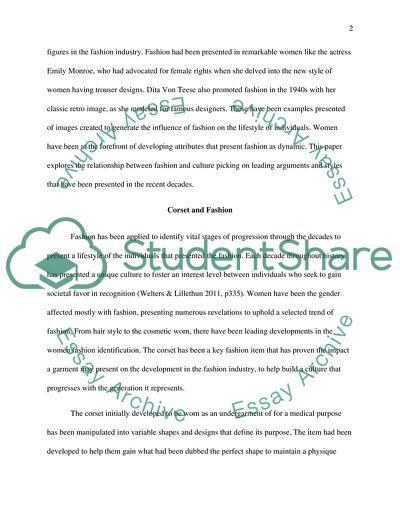Cite this document
(Cultural Studies in Relation to Fashion Essay Example | Topics and Well Written Essays - 2000 words, n.d.)
Cultural Studies in Relation to Fashion Essay Example | Topics and Well Written Essays - 2000 words. Retrieved from https://studentshare.org/culture/1769095-cultural-studies-in-relation-to-fashion
Cultural Studies in Relation to Fashion Essay Example | Topics and Well Written Essays - 2000 words. Retrieved from https://studentshare.org/culture/1769095-cultural-studies-in-relation-to-fashion
(Cultural Studies in Relation to Fashion Essay Example | Topics and Well Written Essays - 2000 Words)
Cultural Studies in Relation to Fashion Essay Example | Topics and Well Written Essays - 2000 Words. https://studentshare.org/culture/1769095-cultural-studies-in-relation-to-fashion.
Cultural Studies in Relation to Fashion Essay Example | Topics and Well Written Essays - 2000 Words. https://studentshare.org/culture/1769095-cultural-studies-in-relation-to-fashion.
“Cultural Studies in Relation to Fashion Essay Example | Topics and Well Written Essays - 2000 Words”. https://studentshare.org/culture/1769095-cultural-studies-in-relation-to-fashion.


